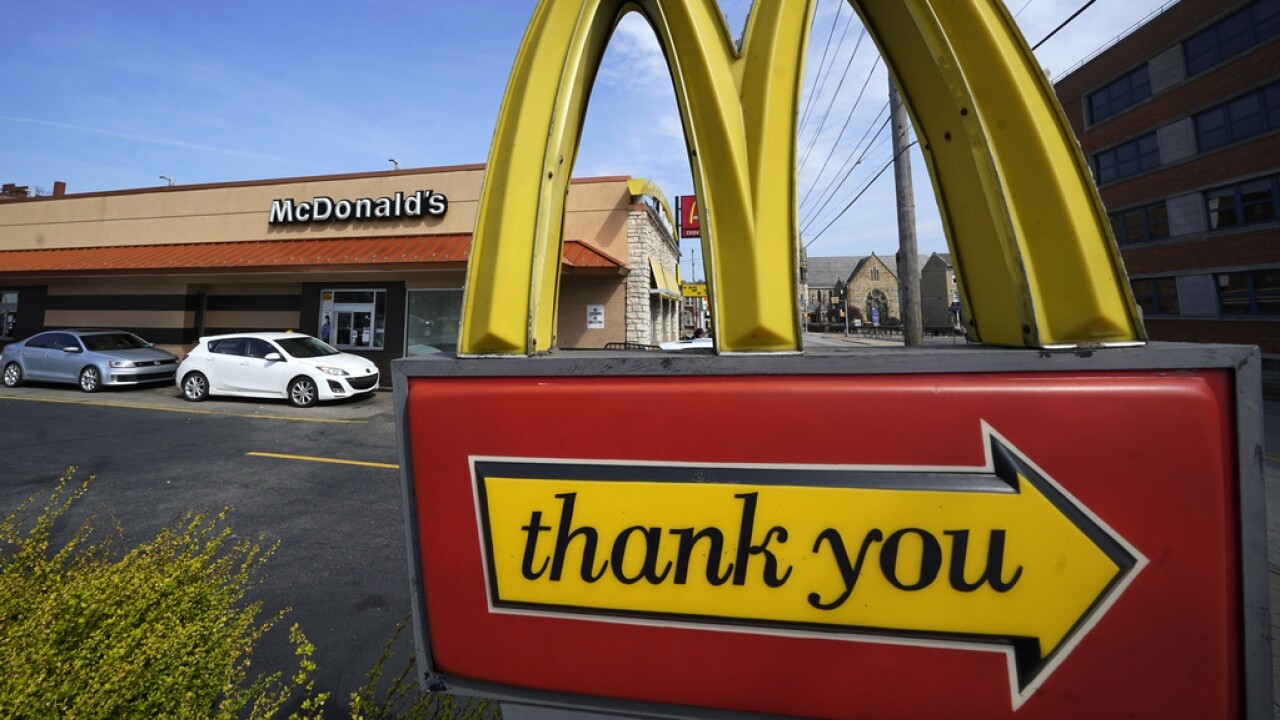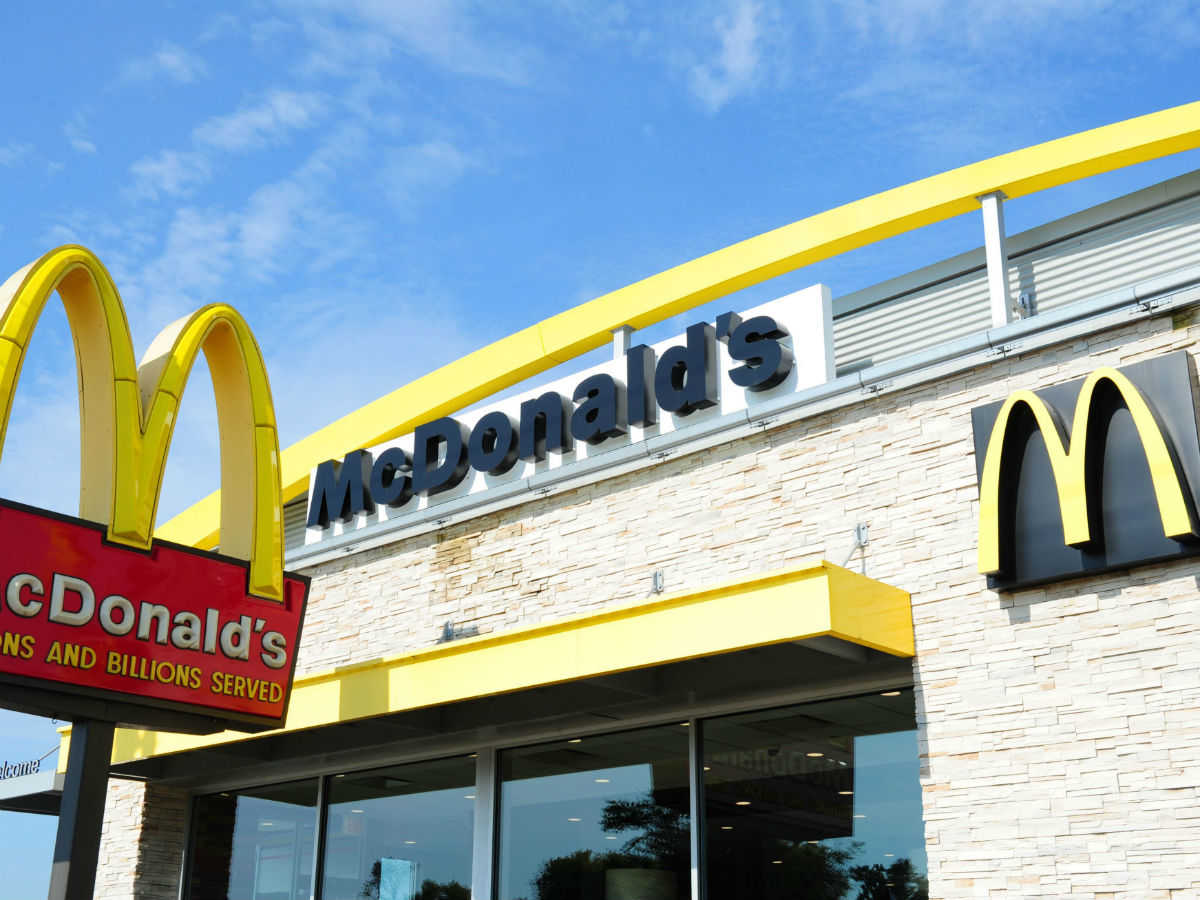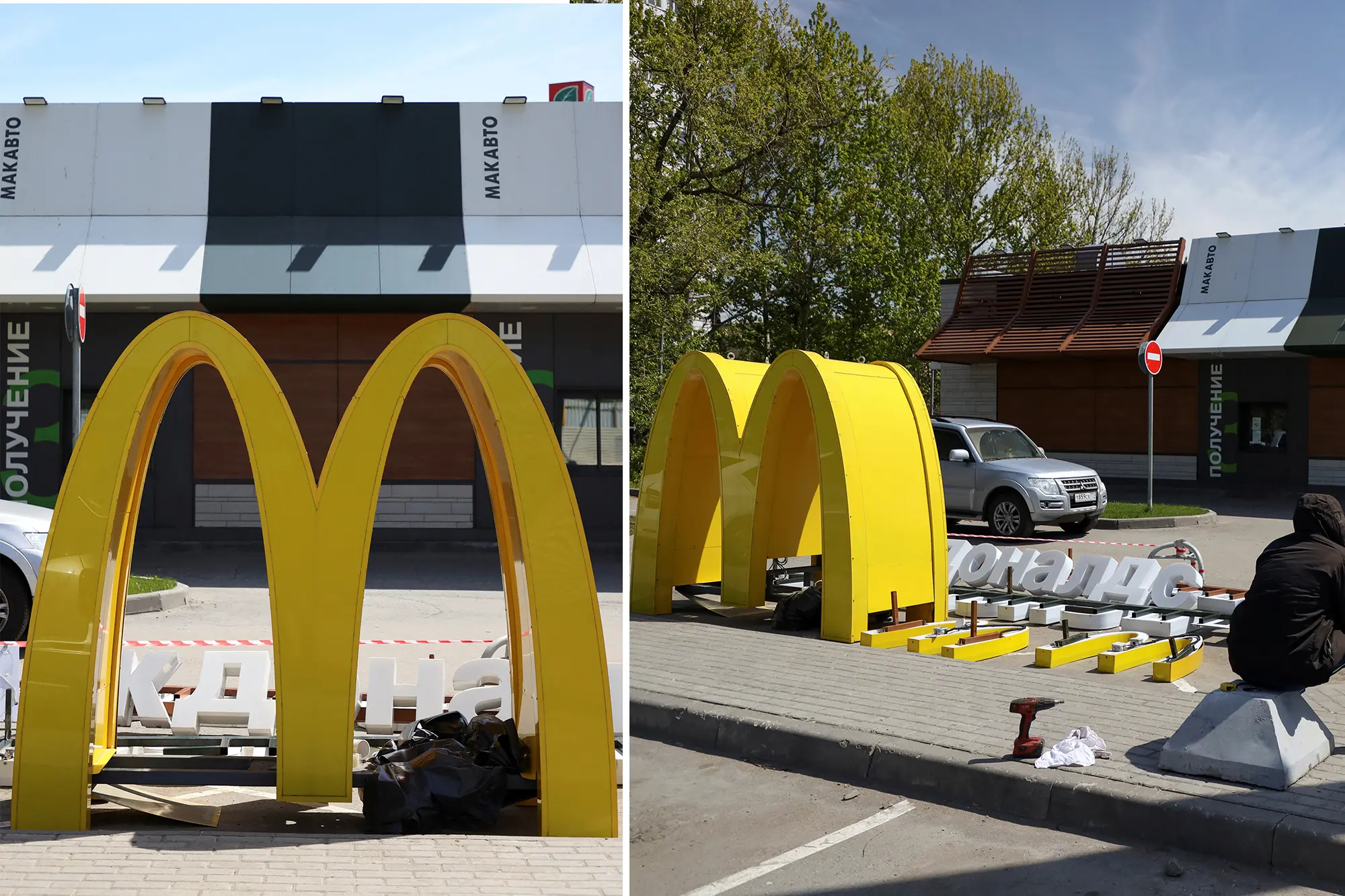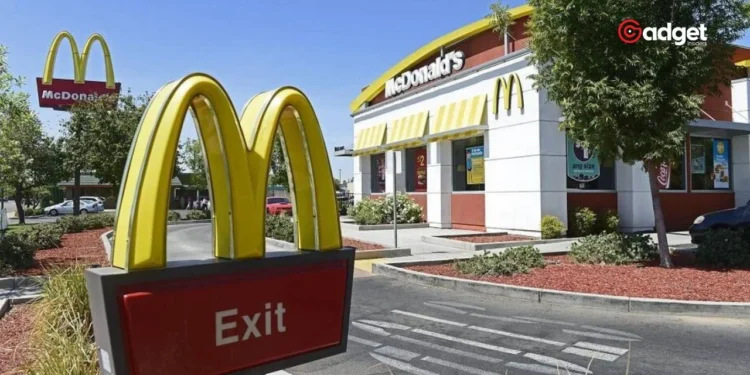In an era where every dollar counts more than ever, the quintessential quick meal at fast-food chains like McDonald’s is slipping out of reach for many Americans. Recent reports reveal a startling statistic: 80% of Americans now view fast food as a luxury they can no longer afford. This shift is not merely a change in perception but a reaction to the rising costs that have swept through the industry, significantly altering the fast-food landscape.

The Financial Strain on Fast Food Lovers
For decades, grabbing a burger and fries from a drive-thru was synonymous with convenience and affordability. However, the narrative has dramatically changed as prices have climbed. Consumers across the country are feeling the pinch, with many expressing their frustration and newfound reluctance to spend on what was once considered a budget-friendly option.
“The cost of a simple meal has just gone up too much,” explains Sarah Johnson, a Los Angeles resident and regular fast-food customer. “It used to be my go-to when I was short on time or money, but now, it’s becoming something I have to budget for, which seems ridiculous.”
Newsom The Imbecile is out of touch with business practice. Expect fast food to exit CA. Fast-food prices set to rise at McDonald's, Chipotle and others as California minimum wage hike loomshttps://t.co/V1QzJE1wXj
— Peter Serpentino (@pserpent2011) February 6, 2024
McDonald’s Dilemma: The California Conundrum
Amidst this nationwide financial strain, McDonald’s, a leading figure in the fast-food industry, is reportedly considering a drastic decision — pulling out of California. The state, known for its high operational costs, has become a challenging environment for businesses striving to balance affordability with profit.
The potential exit from California highlights a significant shift in strategy for McDonald’s, indicating how serious the impact of the current economic climate is. This move could set a precedent for other fast-food giants facing similar financial pressures, potentially leading to a reevaluation of their operations across various states.

What Lies Ahead for Fast Food Chains and Consumers?
As the fast-food industry grapples with these challenges, the future remains uncertain. Will other states face similar pullouts from major chains? How will consumers adjust to the new reality where fast food is no longer the affordable option it once was?
The answers to these questions will unfold as the industry navigates through the tumultuous economic waters. For now, both consumers and companies like McDonald’s are bracing for change, hoping for a resolution that balances the scales of affordability and sustainability in the fast-food domain.

In conclusion, the situation encapsulates a broader economic issue facing Americans today — the increasing difficulty in maintaining a standard of living amidst rising prices. As fast food becomes a symbol of this struggle, the industry’s response could very well shape consumer habits for years to come.










